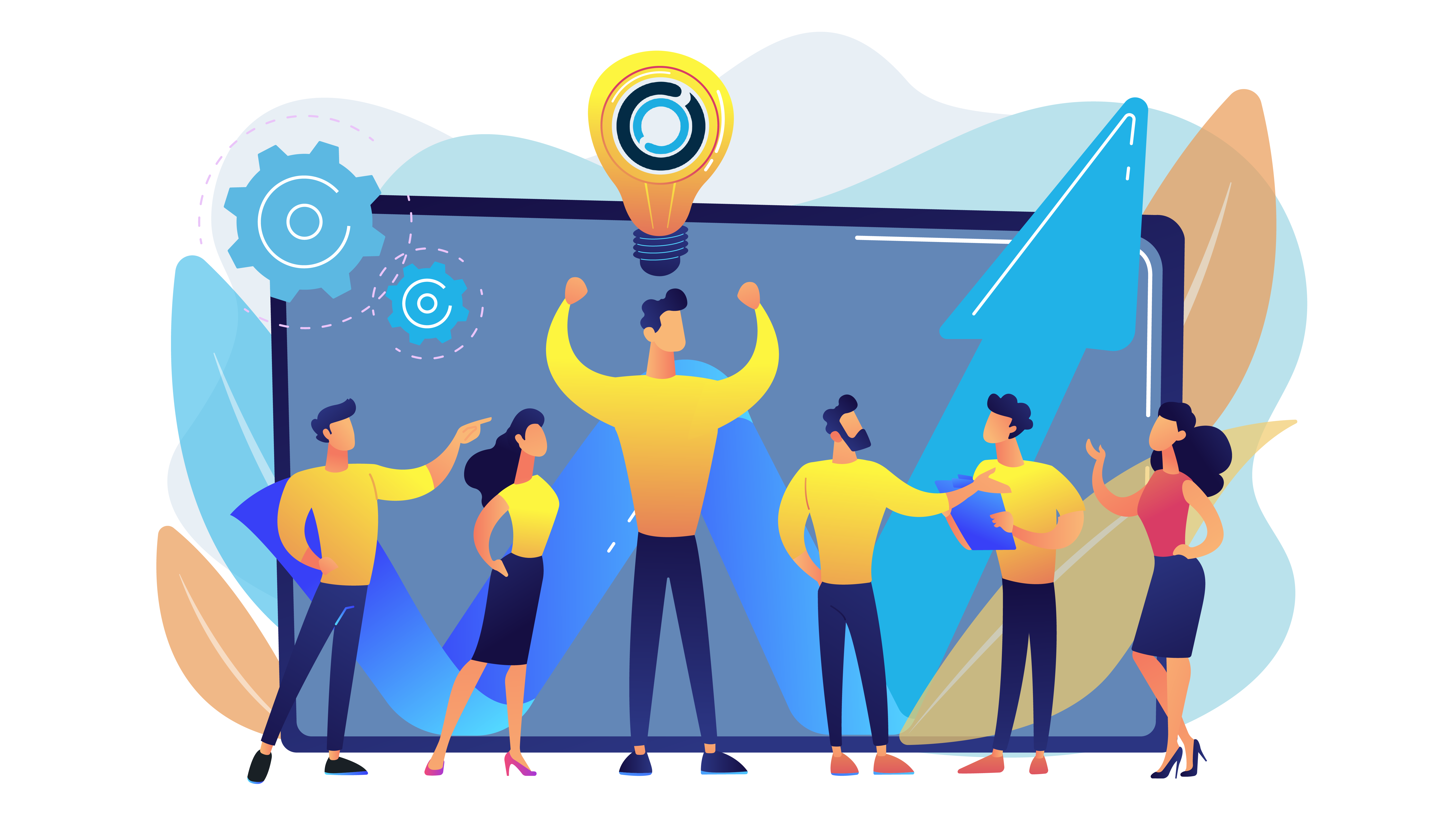In today’s rapidly evolving world, keeping pace with technological advancements is paramount, and HR professionals are pivotal in this journey. However, organising practical technology training for your employees can be complex. Worry not; I’m here to guide you through it! This comprehensive blog post will explore strategies backed by LinkedIn’s Workplace Learning Report data and insights from the CIPD’s “Workplace Technology, the Employee Experience” report. Let’s roll up our sleeves and maximise employee productivity through practical technology training.
Tailor-Made Training Programs
Recognising that one size doesn’t fit all regarding technology training is crucial. According to LinkedIn’s Workplace Learning Report, 58% of employees prefer learning at their own pace. Therefore, I encourage all HR professionals to consider providing customised training programs that cater to different learning styles and skill levels. Consider options like online courses, webinars, or personalised one-on-one sessions to ensure employees receive tailored training to excel.
Gamify the Learning Experience
LinkedIn’s report also reveals that 55% of employees engage better with learning content incorporating gamification elements. Injecting gamified elements into your tech training programs can make learning enjoyable and engaging. Create quizzes, challenges, or reward systems to motivate employees to acquire new tech skills. Boosted engagement can significantly influence productivity.
Foster a Culture of Continuous Learning
LinkedIn’s data underscores that 94% of employees would remain with a company that invests in their learning and development. HR professionals can leverage this insight by nurturing a culture of continuous learning. Encourage employees to explore new technologies and skills regularly. Establish mentorship programs, grant access to resources, and celebrate their achievements to create an environment where learning never ceases.
Measure Progress and Adapt
Data-driven decisions are essential. LinkedIn’s findings suggest that 51% of employees prefer to learn during work hours to monitor the progress of training programs. Implement regular assessments to gauge employee skill growth and gather feedback to adapt your training strategies. This approach will enhance productivity and demonstrate your commitment to their development.
Provide Accessible Learning Resources
Accessibility is vital, as indicated by the 49% of employees who favour mobile learning, according to LinkedIn’s report. Ensure your training materials are easily accessible on smartphones and tablets. Create a centralised hub where employees can access resources, tutorials, and support whenever needed. Removing barriers to learning will empower your workforce to become more tech-savvy and productive.
Prioritise Employee Well-being and Productivity
The CIPD’s “Workplace Technology, the Employee Experience” report highlights concerns among UK workers, including maintaining a healthy work–life balance, rising job insecurity, and well-being. HR professionals must balance supporting employees’ well-being while fostering productivity.
Avoid Heavy Monitoring
Heavy monitoring can negatively impact trust, motivation, and productivity. Opt for lighter monitoring methods aligned with employees’ responsibilities to foster trust.
Set Boundaries with Technology
Encourage employees to use technology to enhance their well-being and productivity, emphasising effective boundary management.
Implement Technology Thoughtfully
Effective implementation of technology is vital. Assess the impact of new tech tools on employees and provide proper training and support. Adoption is key to the success of technology in your workplace. Make thoughtful and thorough training a key component when rolling out new technology.
Empowering HR’s Role in Technology Implementation
The CIPD’s report emphasises that people professionals have a critical role in preparing organisations to implement new technology successfully; this involves helping the workforce adapt to changing roles, enabling continuous learning, and enhancing the employee experience. Understanding people vs. technology interactions is crucial, yet the report shows that HR is the department least likely to be involved in decisions on AI and automation. HR professionals must enter this integral role to drive technological success and employee productivity.
Choose the Right Training Partner
Selecting the right training partner can make a world of difference. Using Technology Better offers comprehensive training solutions to enhance your team’s productivity.
Your Next Steps
Have your team complete our Free Skills Quiz, – Apple | Google| Microsoft.
Are you operating a hybrid workplace? Take a moment for a Pulse Check on your workplace and see how you stack up against best practice standards.
Got questions? Book a call with our team and start exploring what your next training program could look like.
Boosting employee productivity through practical technology training is an achievable goal. By tailoring training programs, gamifying the learning experience, fostering continuous learning, measuring progress, providing accessible resources, and addressing the challenges HR professionals face, you can create a tech-savvy and productive workforce.

















